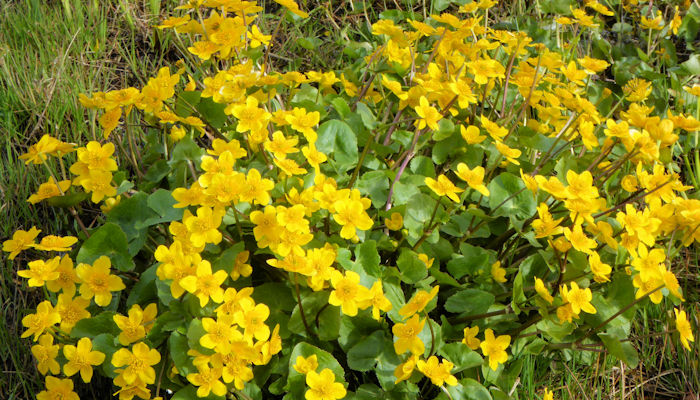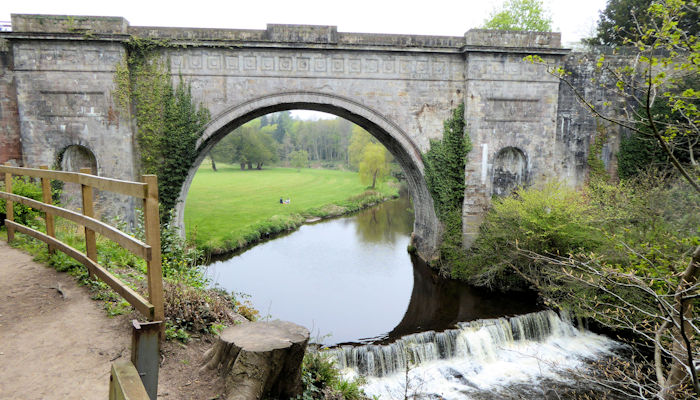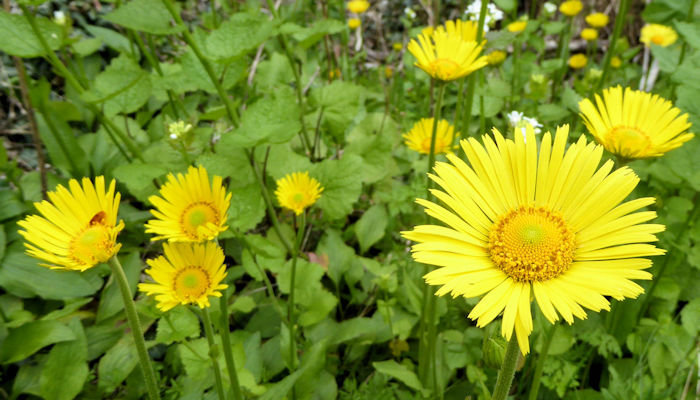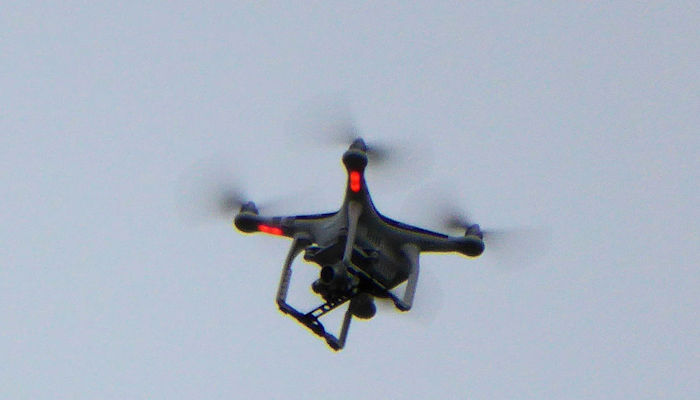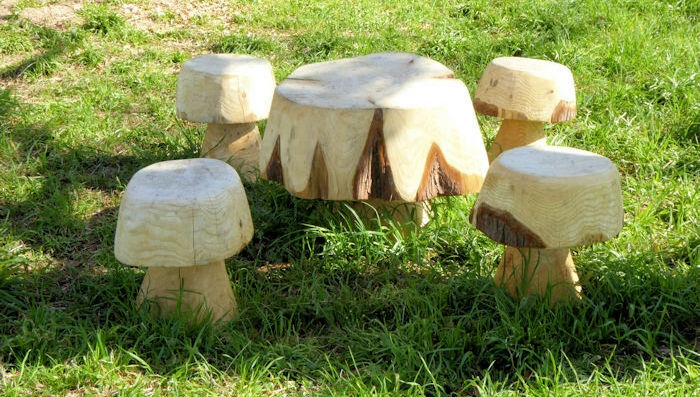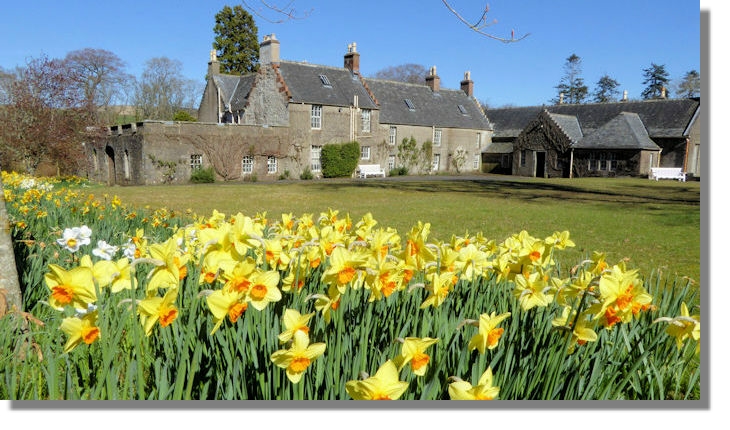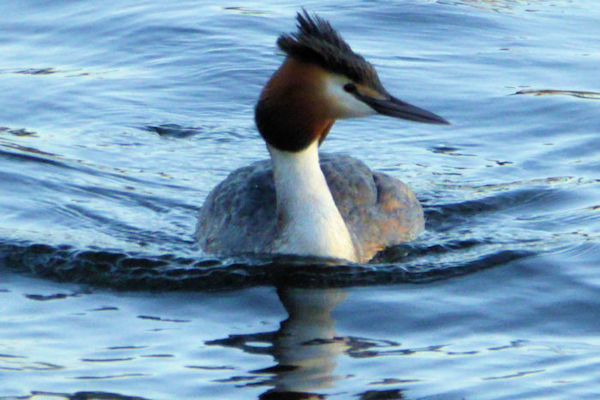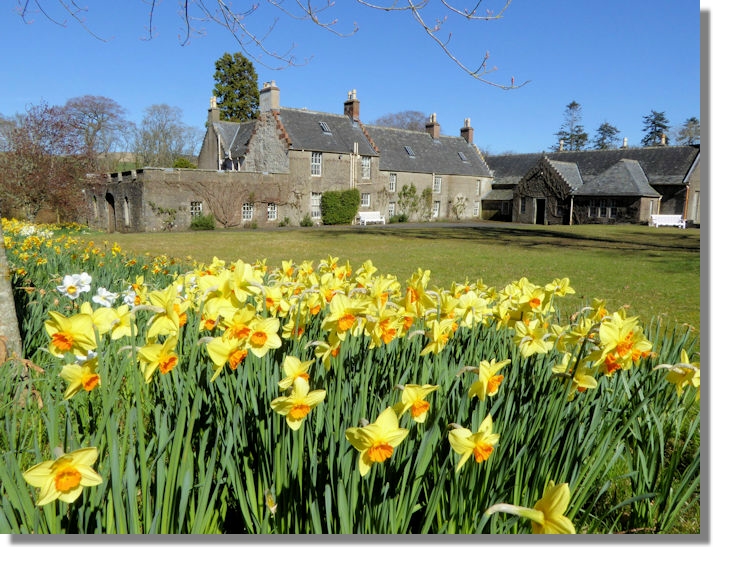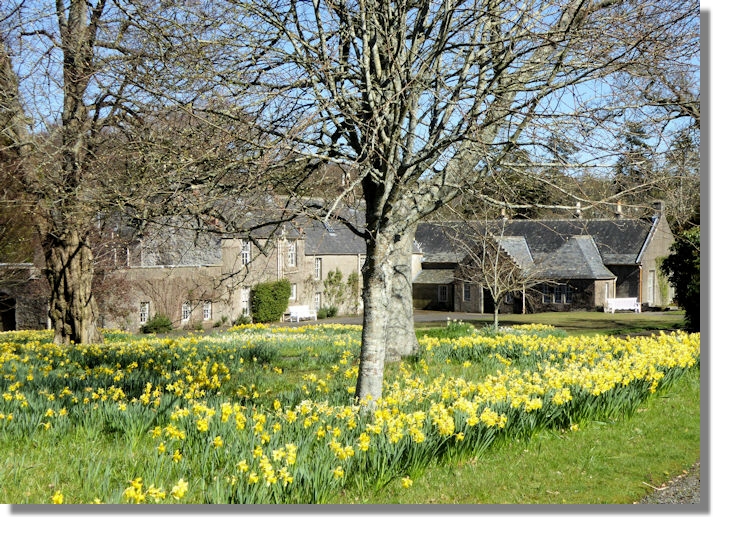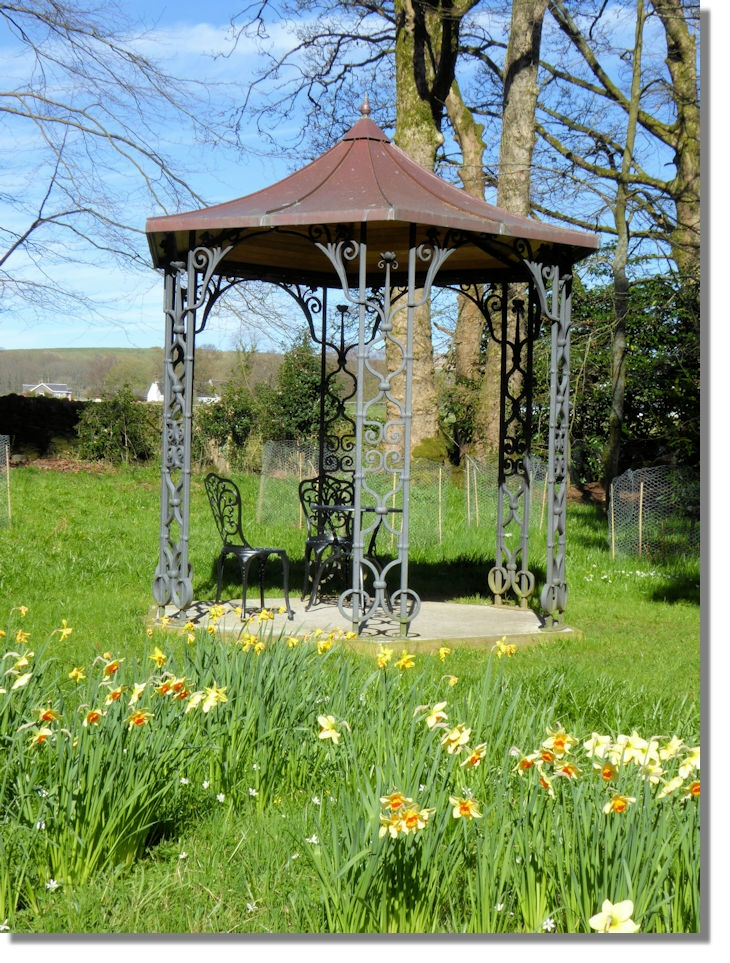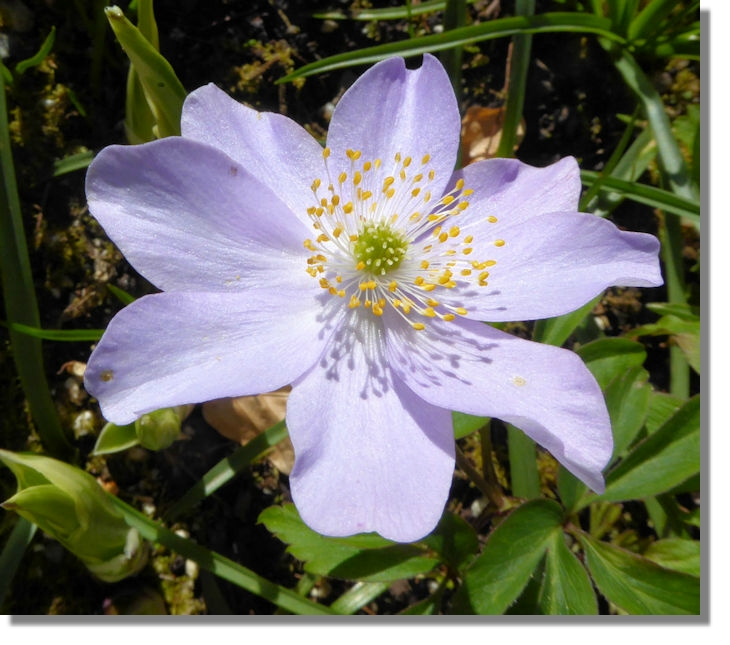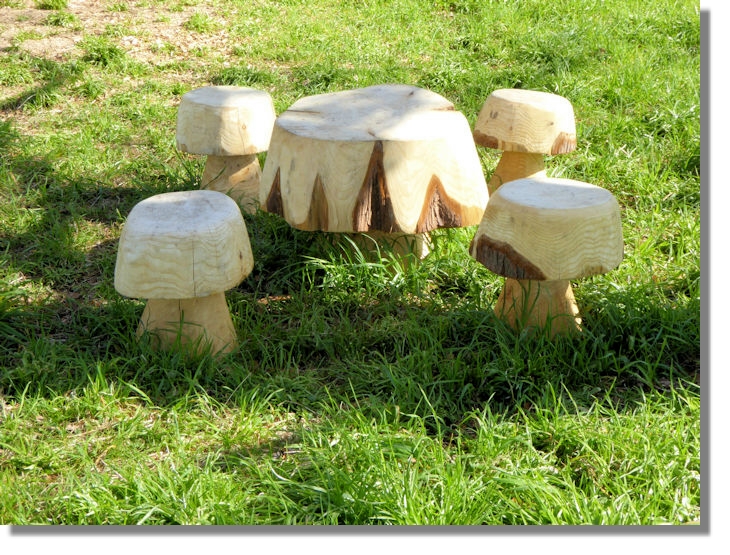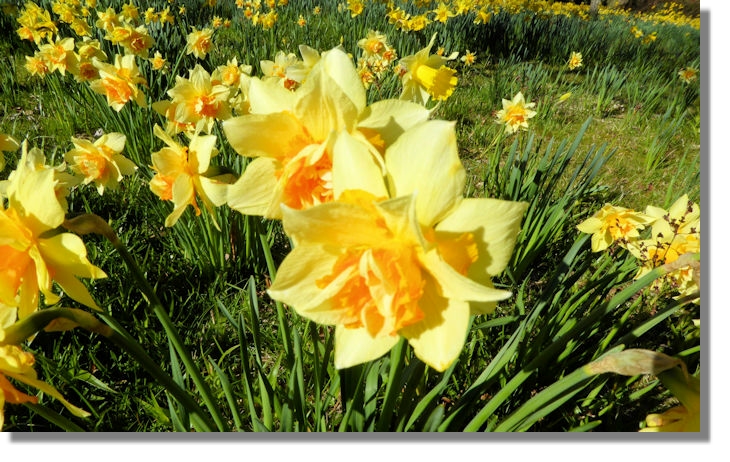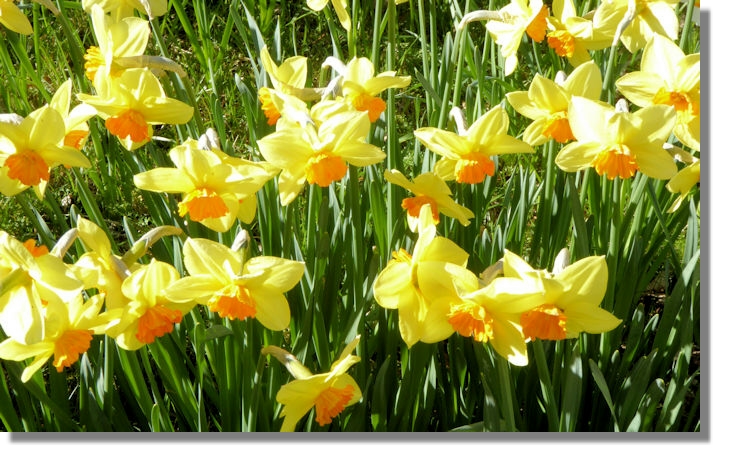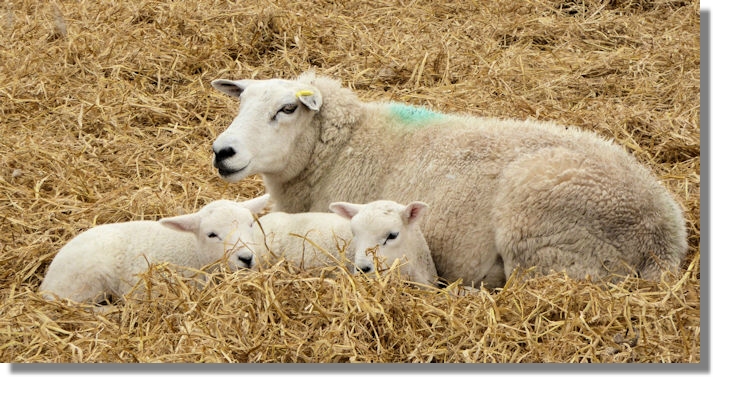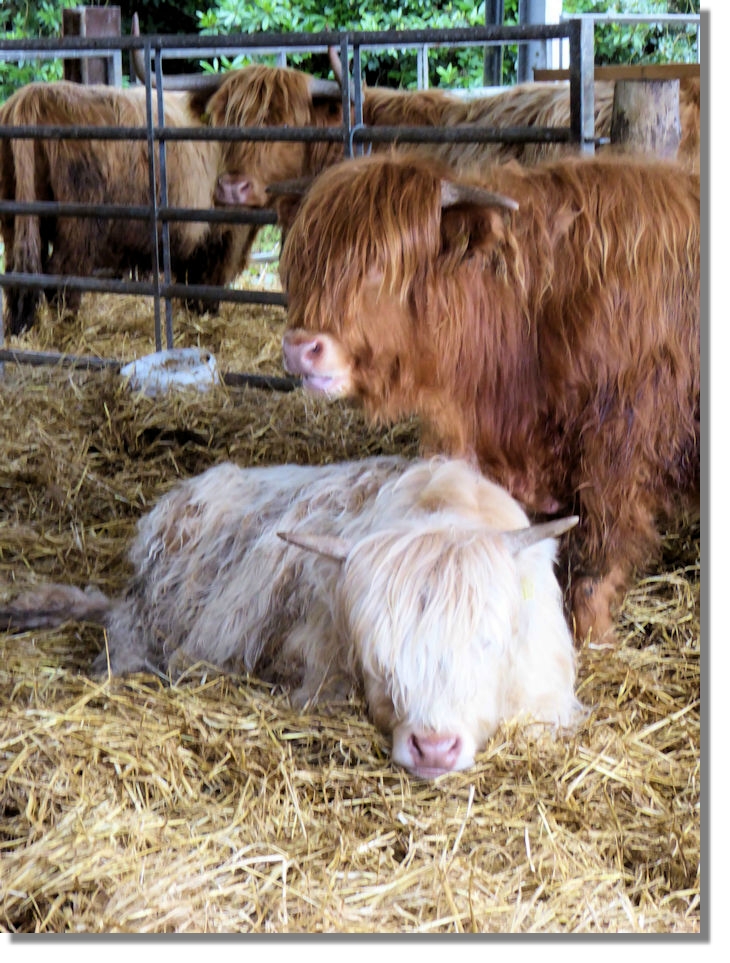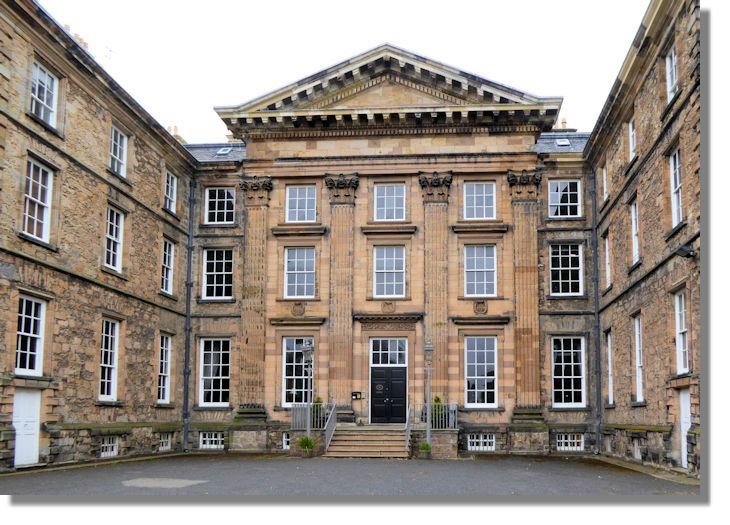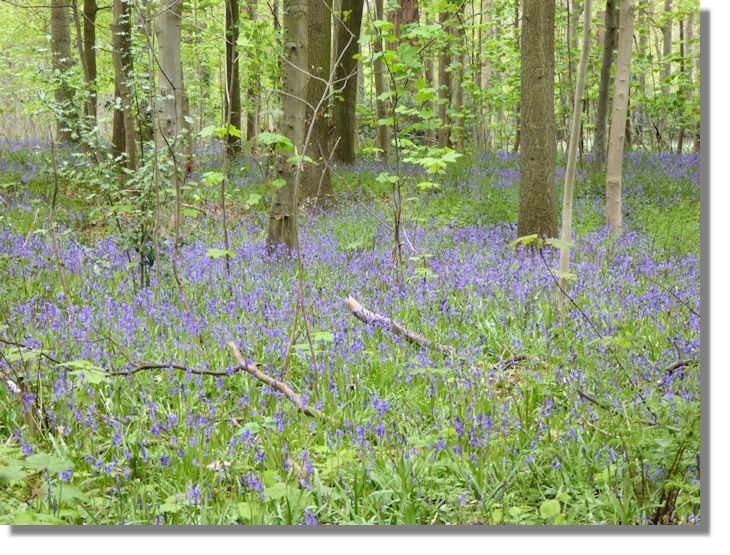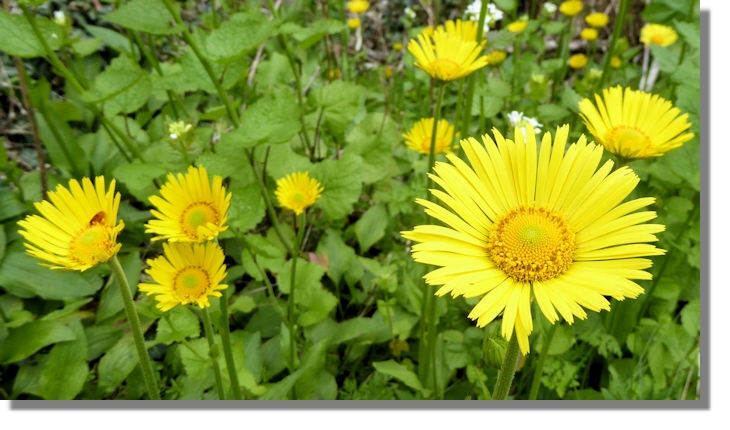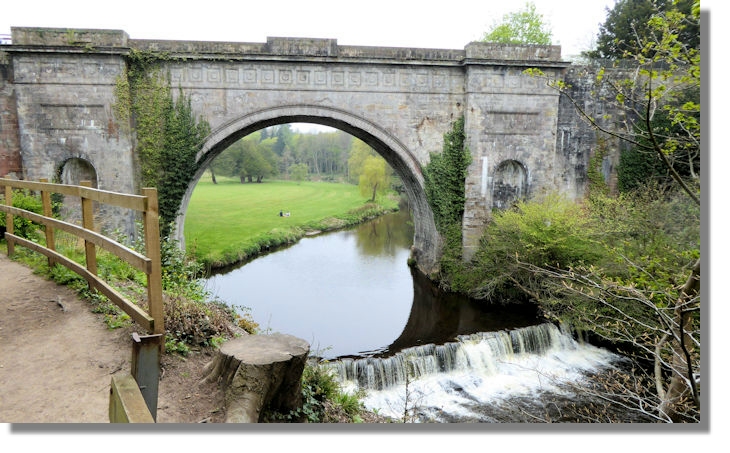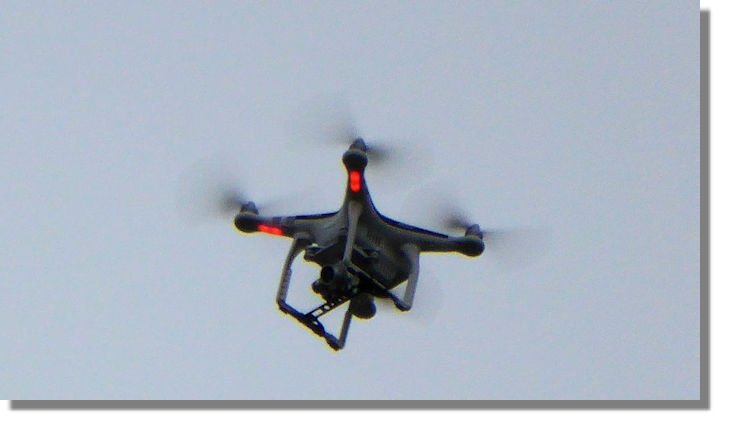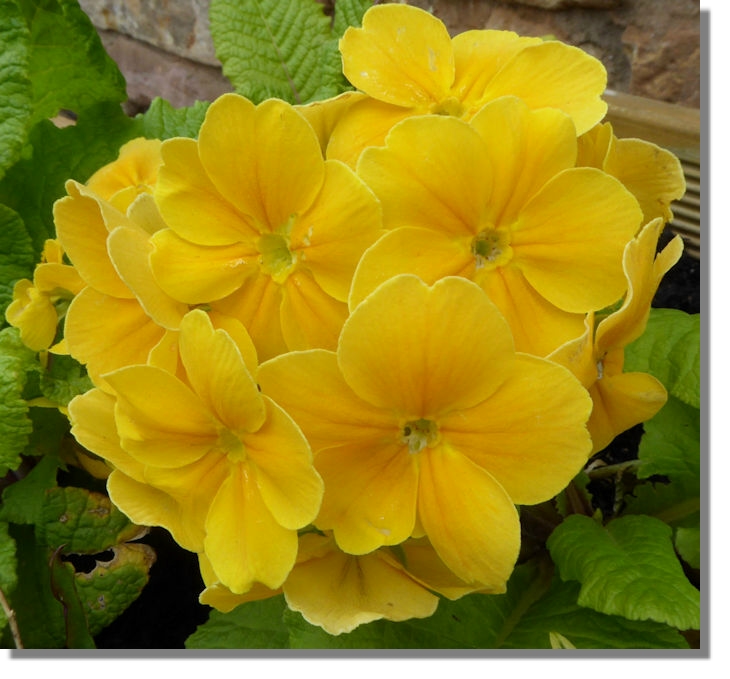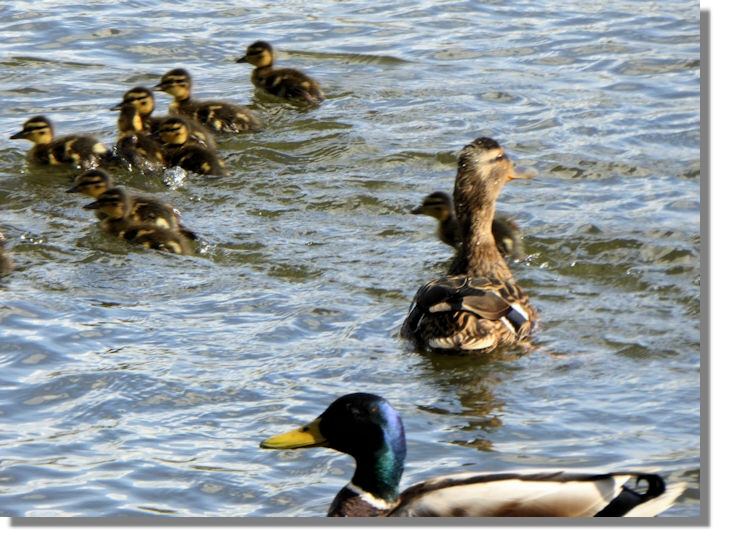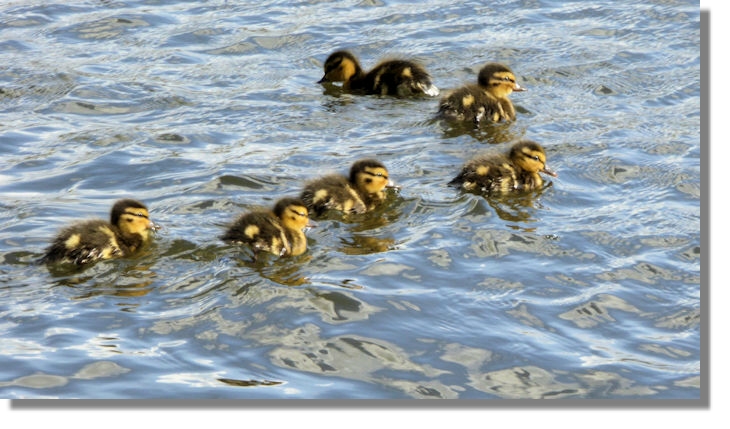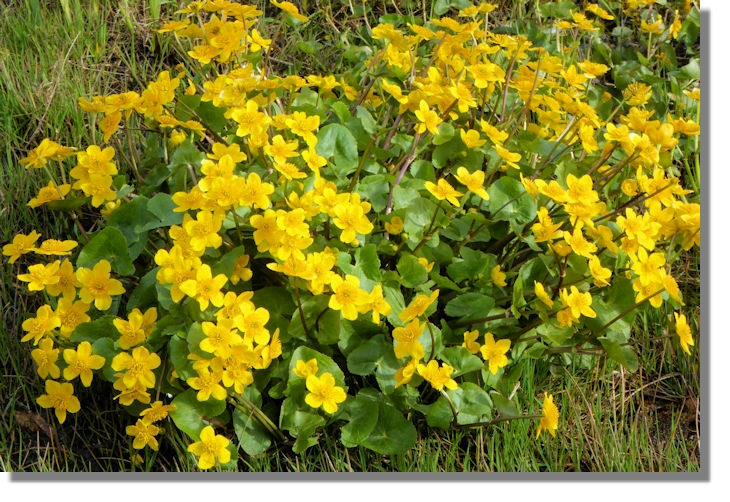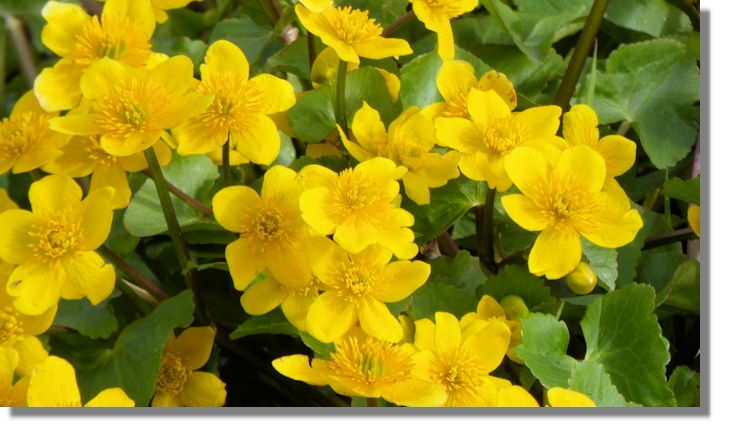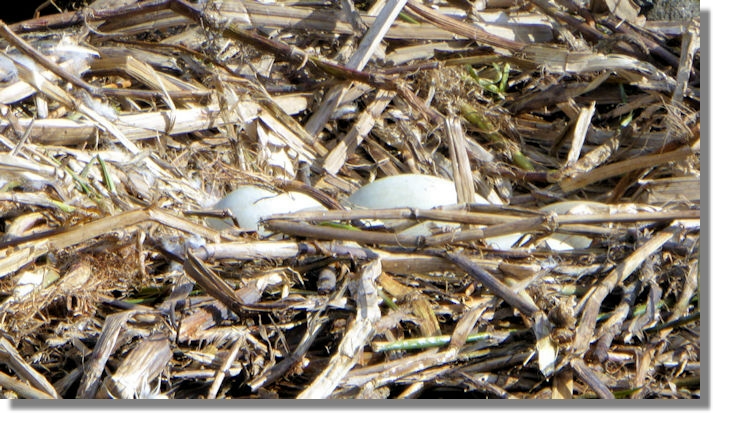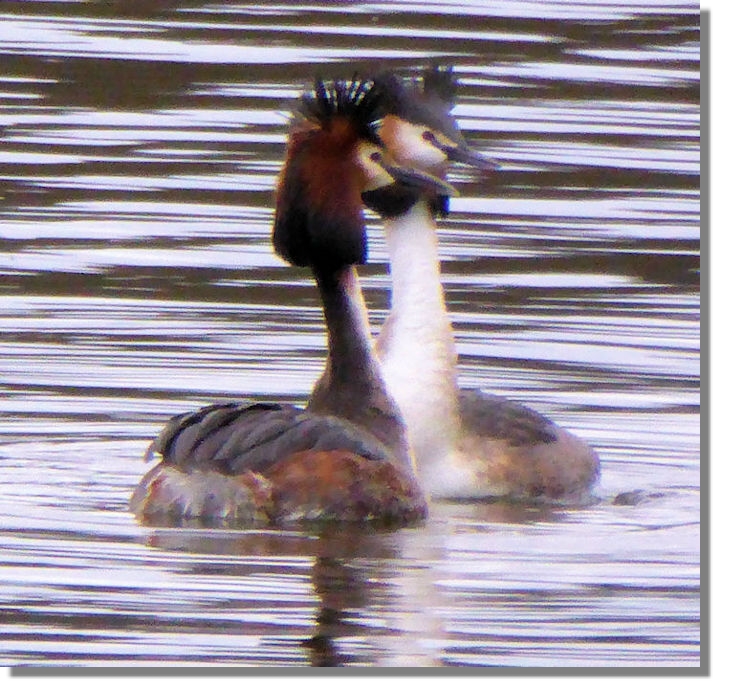Scottie's Photo Diary
- April / May 2016
Slideshow of a random selection of a few of the graphics below
Background
I never go anywhere in Scotland without my camera and I take photographs wherever I go. Sometimes I go somewhere specifically to take photographs with a view to adding another page to the Rampant Scotland site. On other occasions I just see something that makes an attractive picture or else it's another graphic to add to the library to perhaps use on a future project. On other occasions I just see something that makes an attractive picture or else it's another graphic to add to the library to perhaps use on a future occasion. It thus forms a pictorial diary of my travels which can be shared by everyone!This is a selection of photographs I took in April/May 2016.
Geilston House and Ardardan Farm
The National Trust for Scotland property at Geilston always has a great swathe of daffodils in bloom at this time of year. They were no doubt planted many years ago when the house and garden were privately owned
Another view of the daffodils and house. On this sunny day in April that seat over by the house was a great spot to sit and enjoy the warm sun and the view!
A recent addition at Geilston is this Gazebo which has been built in the woods near a stream. While those metal seats fitted in with the Gazebo theme they were not as comfortable as the bench seating beside the house seen in the previous graphics!
Very appropriately, there is a carpet of wood anemones amongst the trees. The flowers last for a long time as they grow well in shaded areas but only really open their petals like this when it is bright and sunny.
A small adventure play area has been built in a corner of the large gardens - tucked away so that the noise of young kids enjoying themselves won't disturb the older visitor who enjoy the peace and solitude of Geilston. On weekdays, the gardens are not at all busy, despite their undoubted attraction.
Some of the daffodils have probably been planted more recently as this looks like a more modern version with a double trumpet that has been created by modern plant breeders.
A variety of daffodil that has been developed with an orange trumpet.
Not far from Geilston is Ardardan Farm with a farm shop and a popular tea-room. Being a working farm, it usually has lots of young lambs at this time of year. The newly born lambs are kept under cover in large barn to protect them from the weather before they venture outside in the fields.
Ardardan also has a small herd of Highland Cattle and like the lambs they are initially kept under cover - making them more accessible, of course, for having their picture taken.
Dalkeith Palace and Country Park
Early in May I attended the Annual General Meeting of the Clan Scott Scotland Society. In previous years this has been held at Bowhill House, the home of the clan chief, the Duke of Buccleuch but this year it was held in Dalkieth Palace, which is near Edinburgh, making it easier for members from the more heavily populated parts of Central Scotland to attend. There is a Web page in the "Places to Visit" section of the Rampant Scotland site which gives more on the history and facilities at Dalkeith Palace and Country Park.
The woodlands in Dalkeith Country Park were full of bluebells, stretching as far as the eye could see amongst the tree trunks.
The bright yellow doronicum produce their daisy-like flowers every spring. They are one of the sunflower family of plants and are native to Europe, southwest Asia and Siberia. They seem to prefer being near rivers and lochs/lakes - these ones were growing beside the North Esk river.
In the 18th century the monumental Montagu Bridge over the North Esk river was designed by Robert Adam not far from Dalkeith Palace.
On the day that I visited Dalkeith Country Park there was an event at which a number of drones were demonstrating their capabilities. It was difficult to take any pictures of them, however, as they were relatively small and zoomed around at great speed. But I manage to focus on this one long enough to get a picture!
Near the entrance to Dalkeith Country Park was a small garden and these bright yellow polyanthus caught my eye!
Hogganfield Loch
This is the time of year when we can hope to see the newly hatched birds at places like Hogganfield Loch, a parkland area near the north-east boundary of Glasgow. This mallard family was one of the largest we had seen - 15 ducklings will take a lot of looking after. Of course, unlike some other birds, mallards do not need to bring food to their off-spring. Mum Mallard shepherds her brood to areas where they can feed and the ducklings have to feed themselves from the start. An unusual feature of this family (apart from its size) was that the male was also tagging along. Normally they leave all the looking after to their mate - I've even seen the male being chased away by a nervous mum.
I did try to get a photo with all 15 ducklings but they were moving around so fast it proved impossible - but here are half a dozen in one shot!
As their name implies, Marsh Marigolds prefer to grow where there is plenty of moisture - there is no shortage of water at Hogganfield as it has a sizeable loch in the middle and various ponds as well.
Here's a close-up of the marsh marigold (also known as "kingcup" or by its Latin name "Caltha palustris". It flowers between April and August, depending on location. According to Wikipedia, In the UK, Caltha palustris is known by a variety of vernacular names, varying by geographical region. These include in addition to the most common two, marsh marigold and kingcup, also brave bassinets, crazy Beth, horse blob, May blob, mare blob, boots, water boots, meadow-bright, bullflower, meadow buttercup, water buttercup, soldier's buttons, meadow cowslip, water cowslip, publican's cloak, crowfoot, water dragon, drunkards, water goggles, meadow gowan, water gowan, yellow gowan, goldes, golds, goldings, gools, cow lily, marybuds, and publicans-and-sinners!
We don't often see swan eggs as the female swan sits on them throughout the long incubation period. We were surprised to see the swan leaving the nest and coming to feed on some grass - leaving the eggs unprotected. Quite apart from the eggs getting cold and not hatching, the eggs would be a target for seagulls and herons. A few days later the nest was empty - and the later still the female was back on the nest. It is even possible that she would lay more eggs - we await developments with interest! Meanwhile a few yards away, another swan is sitting on her nest only moving a little to do some housekeeping on the nesting material.
The Great Crested Grebes have a lengthy mating display with much bobbing and weaving and their crests becoming even more prominent and the male presenting weed and fish for the female before getting down to the serious business of nest building.
If you want to read the other Diary entries going back to 2009, there is an Index page.

